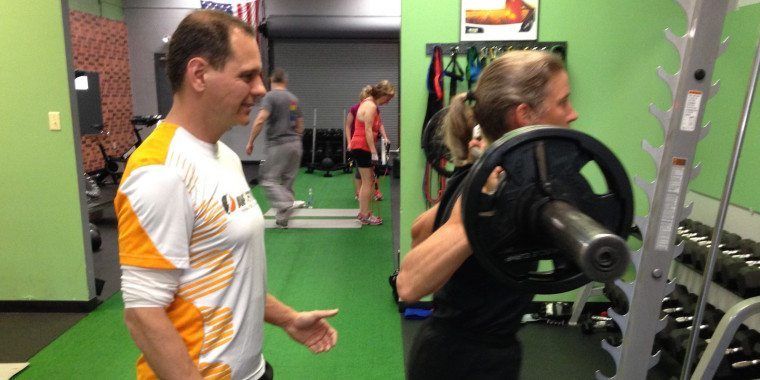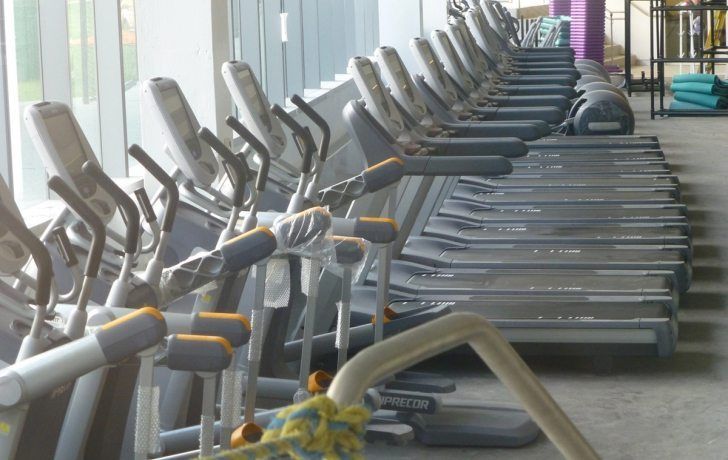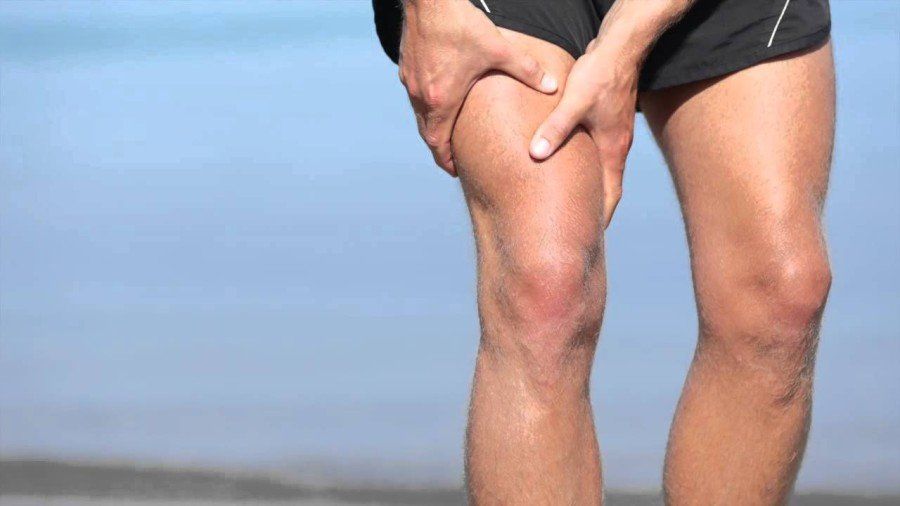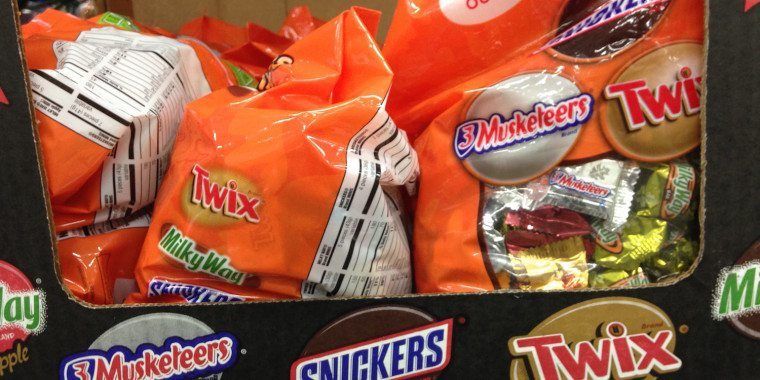When people struggle to lose weight they often complain about having a “slow metabolism.”
Basically, the term metabolism refers to all the chemical processes that your body undergoes every day in order to keep you alive. Each day your body converts the calories in your food into energy and manufactures specialized chemicals to help your cells that your cells do their job; these are known as metabolic processes. Your body performs hundreds of these processes every day, which make up your metabolism.
The number of calories a person burns just lounging on a couch is widely estimated to be around 70 percent of all the calories needed per day. If you want to lose weight, you must consume fewer calories than your body shows it’s burning.
But how do you know how many calories you need?
The first step is to accurately determine your resting metabolic rate. While there are predictive formulas that are widely used, they can be inaccurate when compared to actual testing. According to korr.com, even the best equations are only within 10 percent of measured results, meaning that a person who may need 2,000 calories a day could be incorrectly consuming 2,200 calories a day.
While that may not seem like much, over the course of a year that would result in that person adding 21 pounds!
To learn more about the benefits of accurately determining your resting metabolic rate, here are answers, courtesy of korr.com, to some frequently asked questions.
What is Resting Metabolic Rate (RMR)?
Resting metabolic rate (RMR) is the measurement of how much food, or energy, is required to maintain basic body functions such as heartbeat, breathing, and maintenance of body heat while you are in a state of rest. That energy is expressed in calories per day. So an RMR test shows how many calories you burn at rest, doing nothing more than sitting in a chair.
How Does Metabolic Testing Work?
Indirect calorimetry (a measurement of metabolic rate) relies on the fact that burning 1 calorie (Kilocalorie) requires 208.06 milliliters of oxygen. Because of this very direct relationship between caloric burn and oxygen consumed, measurements of oxygen uptake (VO2) and caloric burn rate are virtually interchangeable.
Oxygen uptake requires a precise measurement of the volume of expired air and of the concentrations of oxygen in the inspired and expired air. The process requires that all of the air a person breathes out be collected and analyzed while they rest quietly.
Why Test RMR for Weight Loss?
- Stabilize weight loss: Regardless of the method used to lose weight, a patient’s RMR will decrease after weight loss. The decrease is actually below the level predicted by fat-free mass (FFM). Although the cause is unclear, it appears that in most cases, if a patient can maintain his new weight for six months, his RMR will eventually rise to the expected level. Pinpointing the precise number of calories necessary to maintain is key to surviving this crucial period.
- Pinpoint caloric weight loss zone: When restricting calories, knowing your baseline RMR is invaluable as it can help you calculate a “weight loss zone” for a 1.5 pound a week weight loss, or calculate a unique caloric goal.
- Assess the effect of weight loss treatment on metabolism: Once calories are restricted, medications are introduced, or an exercise plan has been implemented, the human body will respond. The caloric goals of a dietary plan will rarely sustain a patient throughout an entire weight loss regimen. The result is the dreaded “plateau.” Periodic assessment of RMR will show the effects of the treatments and allow adjustments to the caloric goals.
Can You Boost Your Metabolic Rate?
In addition to understanding your caloric needs, you can also help increase your metabolic rate by:
- Eating enough protein. Your body uses the protein you eat to build and repair muscle tissue, so if it doesn’t receiver enough protein your body won’t have the raw materials it needs to do its job.
- Building muscle mass. Doing this will increase the amount of lean body mass you have and increase your overall resting metabolic rate. And with the right diet and proper exercise, your body is capable of building muscle at any age.
- Increasing your daily activity. Any activity will burn calories but won’t affect your metabolic rate. However, during exercise you are using your muscles to move your body and preserve your lean body mass. In addition, increasing your activity can also help to offset any dips in your metabolic rate as a result of cutting your calorie intake.
To learn more about how a Resting Metabolism Rate can help you lose weight, or to schedule your test, contact AMP Fitness at 216-831-3674 or email us at info@ampfitness.com.












